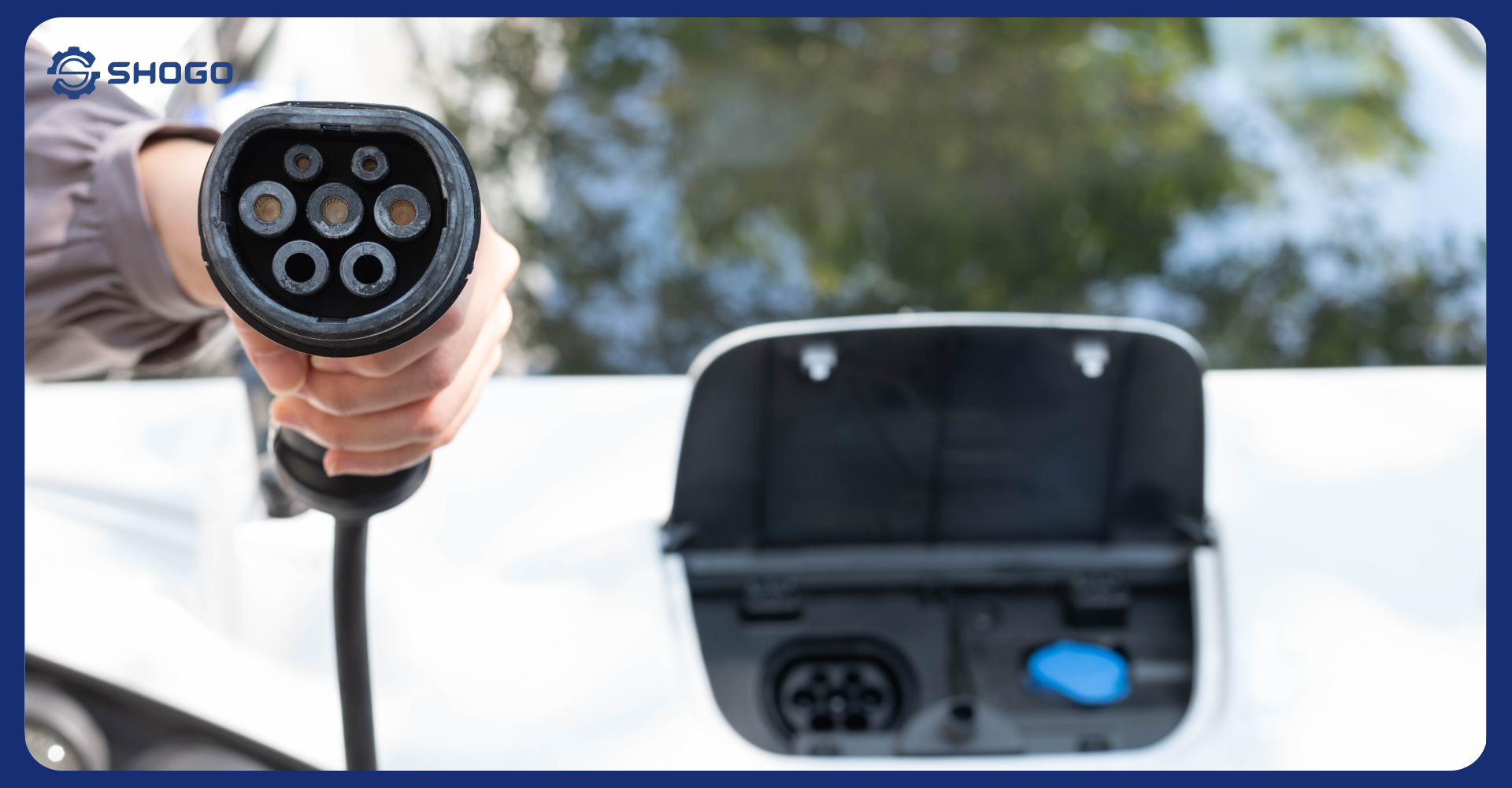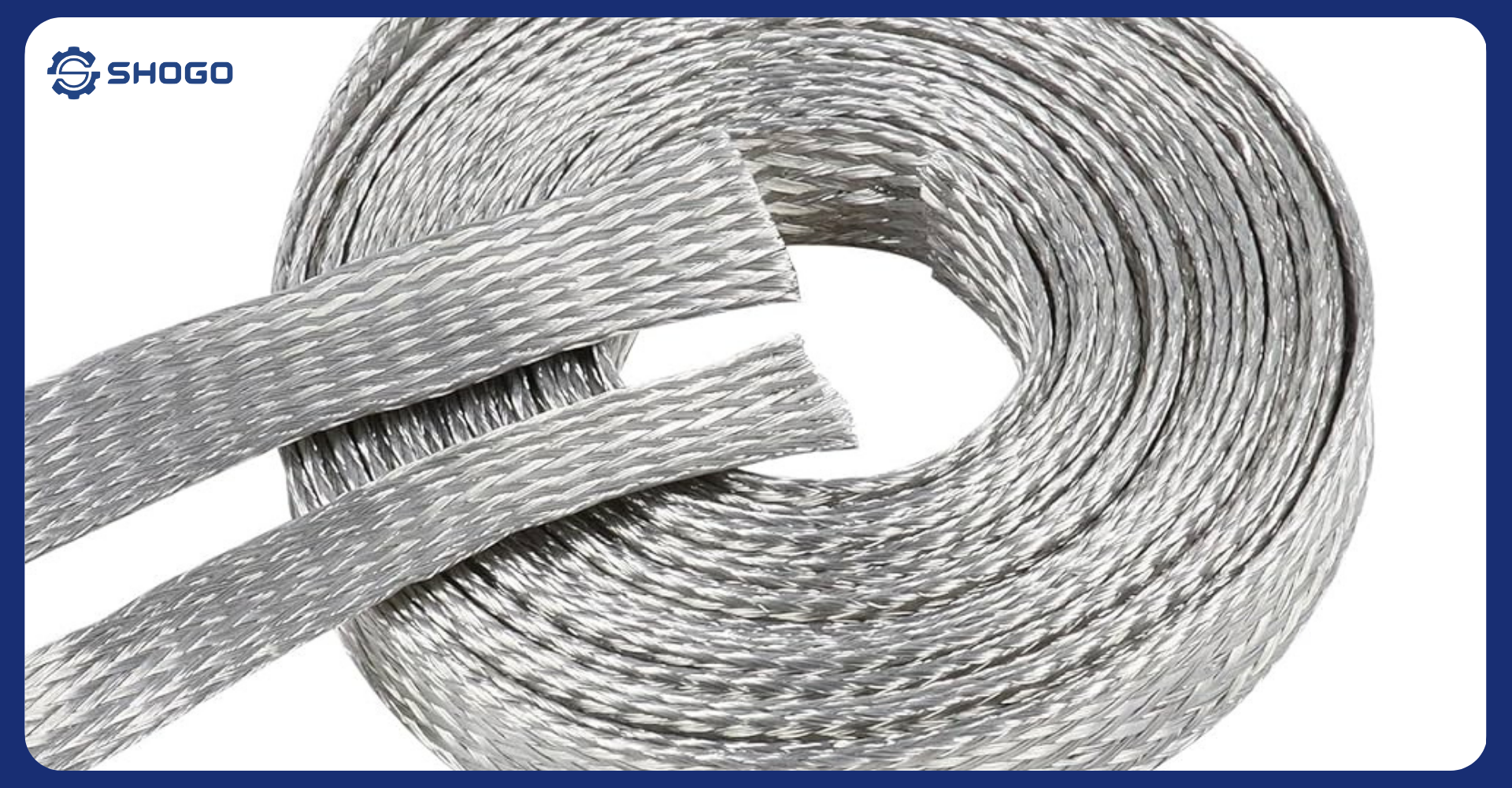
Electric vehicles (EVs) require a stable and safe electrical system to operate. In this system, high voltage cables play a crucial role by connecting the battery pack to the drivetrain, ensuring the safe and efficient transfer of high-voltage electricity.
1. Connecting the Battery Pack to the Drivetrain
The battery pack serves as the main power source for an EV. However, this energy needs to be converted into motion. To do this, the battery must connect to:
- The inverter
- The electric motor
- The transmission system
High voltage cables form the physical bridge that transfers electricity from the battery pack to the inverter, motor, and other components. Without these cables, an EV simply cannot function.
2. Safe Transmission of High Voltage Power
EVs operate at high voltages, typically between 400V and 800V. High voltage cables must withstand:
- High voltage without leakage or discharge
- High temperatures from heavy loads
- Electromagnetic interference (EMI)
EV high voltage cables are designed with multiple layers of insulation, thermal protection, and shielding to ensure absolute safety.
3. Optimizing Transmission Efficiency
Transmission efficiency directly impacts an EV’s driving range and charging time. High voltage cables are crucial for:
- Reducing electrical resistance
- Minimizing heat loss
- Maintaining stable voltage supply
Cable design must optimize conductor size and materials (such as pure copper or specialized aluminum) to achieve the highest possible efficiency.
4. Enhancing Vehicle Durability and Overall Safety
Beyond power transmission, high voltage cables must also:
- Resist abrasion and bending stress
- Withstand exposure to water, oils, and chemicals
- Operate reliably under harsh environmental conditions
Any cable failure could pose serious risks to the entire vehicle, so durability and quality are top priorities in cable design and manufacturing.
Conclusion
In an electric vehicle, high voltage cables are not just energy carriers; they also protect the entire electrical system, maximize efficiency, and ensure the vehicle’s overall safety. Choosing the right high voltage cables that meet performance and safety standards is critical in the design and production of modern EVs.


